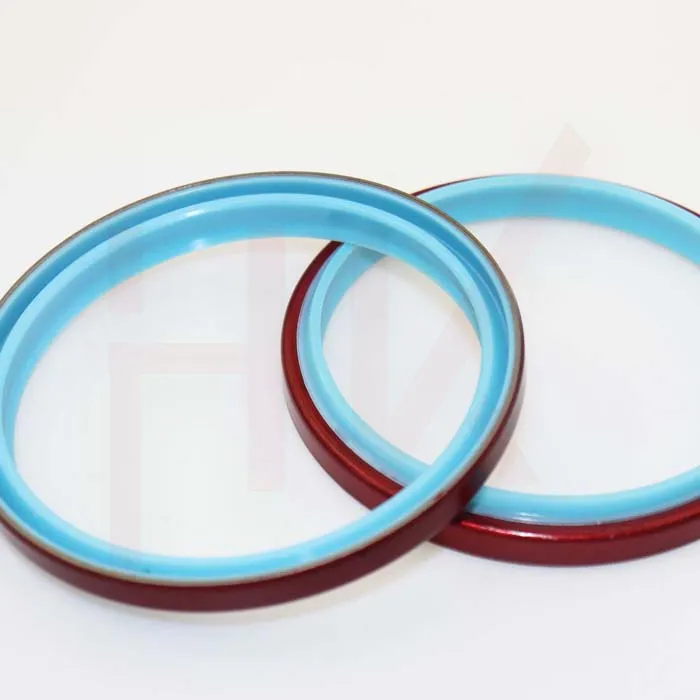Abe . 04, 2024 15:02 Back to list
Exploring the Benefits of Inner Hub Seal for Enhanced Performance and Durability
The Importance of Inner Hub Seals in Mechanical Systems
In the world of mechanical engineering, the efficiency and longevity of machinery heavily depend on the intricate components that work together within various systems. One such essential component is the inner hub seal. Often overlooked, these seals play a critical role in the functionality and durability of various types of machinery, from vehicles to industrial equipment.
Inner hub seals, typically made of durable materials like rubber or polymer composites, are designed to prevent the entry of contaminants such as dust, dirt, and moisture into sensitive areas of machinery. Their primary function is to protect the internal components of the hub from abrasive particles and fluid leakage, which can lead to premature wear and eventual failure. By maintaining the integrity of the internal environment, inner hub seals contribute significantly to the efficiency of the machinery they serve.
In automotive applications, for instance, inner hub seals are crucial in wheel hub assemblies. They ensure that the bearings within the hub remain lubricated while preventing outside elements from entering. This is vital for maintaining proper lubrication and functionality of the bearings, which are responsible for allowing the wheels to rotate smoothly. If these seals fail, it can result in bearing degradation, increased friction, and ultimately, costly repairs or replacements. Regular inspections of inner hub seals in vehicles can help in identifying wear and preventing unexpected breakdowns.
inner hub seal

Beyond automotive uses, inner hub seals are also critical in various industrial machinery applications, such as conveyor systems, pumps, and turbines. These seals help maintain a clean operational environment, ensuring that machinery operates at peak performance. In pumps, for example, an effective inner hub seal prevents leaks that could lead to loss of pressure and efficiency, leading to potential operational failures.
The design and material selection for inner hub seals are paramount. The seals must withstand various stressors depending on the application, including temperature fluctuations, pressure differences, and chemical exposure. Engineers must select materials that not only provide adequate sealing capabilities but also have resistance to wear and tear over time. Advances in material science continue to improve the efficacy of seals, with innovations leading to longer-lasting and more efficient products.
Furthermore, the installation of inner hub seals is a critical aspect of their performance. Proper installation ensures that the seals create a tight barrier, eliminating potential gaps that could allow contaminants to enter. It is essential for technicians to be trained in the correct installation procedures and to regularly inspect seals during maintenance schedules for wear and signs of failure.
In summary, inner hub seals are pivotal in maintaining the performance and longevity of machinery across various industries. Their ability to protect against contamination and fluid loss makes them indispensable in ensuring the smooth operation of mechanical systems. As technology evolves and machinery becomes increasingly complex, the importance of these seals will only continue to grow. Awareness of their significance and proper maintenance can lead to improved efficiency, reduced downtime, and lower operational costs, making inner hub seals a small yet mighty hero in the realm of industrial engineering.
-
TCN Oil Seal Metal Ring Reinforcement for Heavy Machinery
NewsJul.25,2025
-
Rotary Lip Seal Spring-Loaded Design for High-Speed Applications
NewsJul.25,2025
-
Hydraulic Cylinder Seals Polyurethane Material for High-Impact Jobs
NewsJul.25,2025
-
High Pressure Oil Seal Polyurethane Coating Wear Resistance
NewsJul.25,2025
-
Dust Proof Seal Double Lip Design for Construction Equipment
NewsJul.25,2025
-
Hub Seal Polyurethane Wear Resistance in Agricultural Vehicles
NewsJul.25,2025
-
The Trans-formative Journey of Wheel Hub Oil Seals
NewsJun.06,2025
Products categories
















